Project: American Community Survey and Decennial Census Support Services
Data Snapshot. Income and Poverty in Appalachia (2013-2017)
Appalachia's median household income is 83% of the U.S. figure.
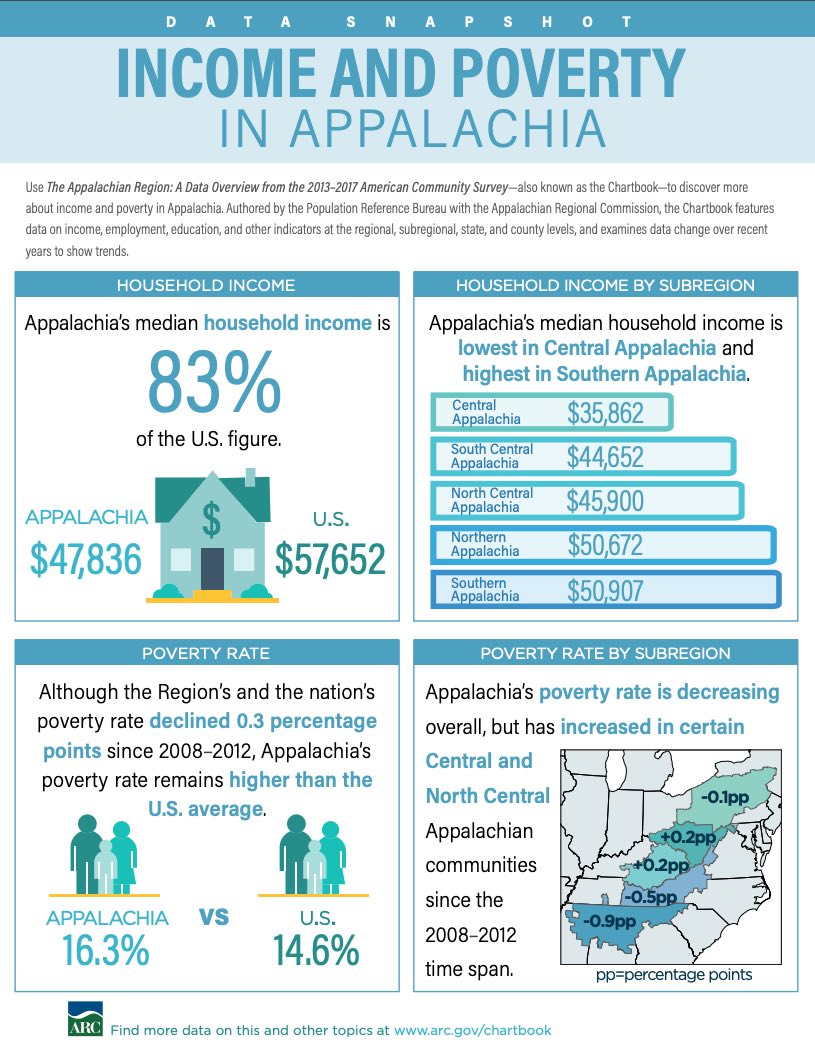
Project: American Community Survey and Decennial Census Support Services
Appalachia's median household income is 83% of the U.S. figure.
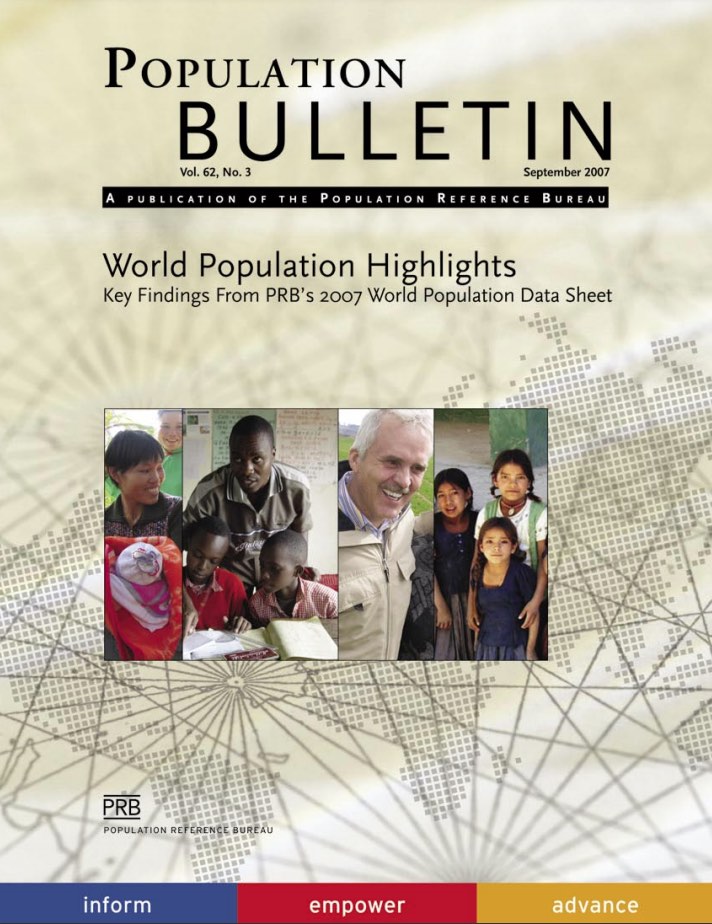
Carbon dioxide emissions have grown dramatically in the past century because of human activity, chiefly the use of fossil fuels such as oil and coal, as well as changes in land use such as cutting down forests.
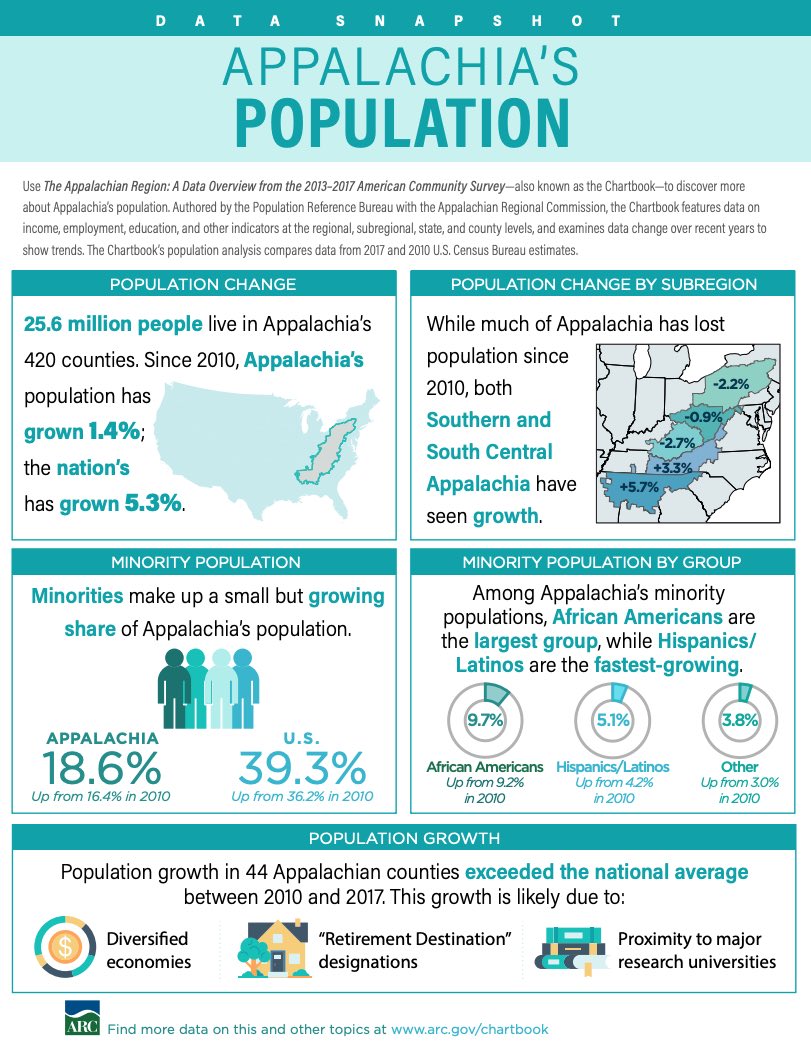
Project: American Community Survey and Decennial Census Support Services
25.6 million people live in Appalachia's 420 counties. Since 2010, Appalachia's population has grown 1.4%; the nation's has grown 5.3%.
(2005) Americans perched on punctured rooftops in the blazing sun for days. Others slogged through rising floodwaters. And many others rushed inland before the storm hit, only to remain homeless weeks later, unable to return to their ruined homes.

The U.S. population has entered middle age. How is the country aging, and what could that mean for the future?
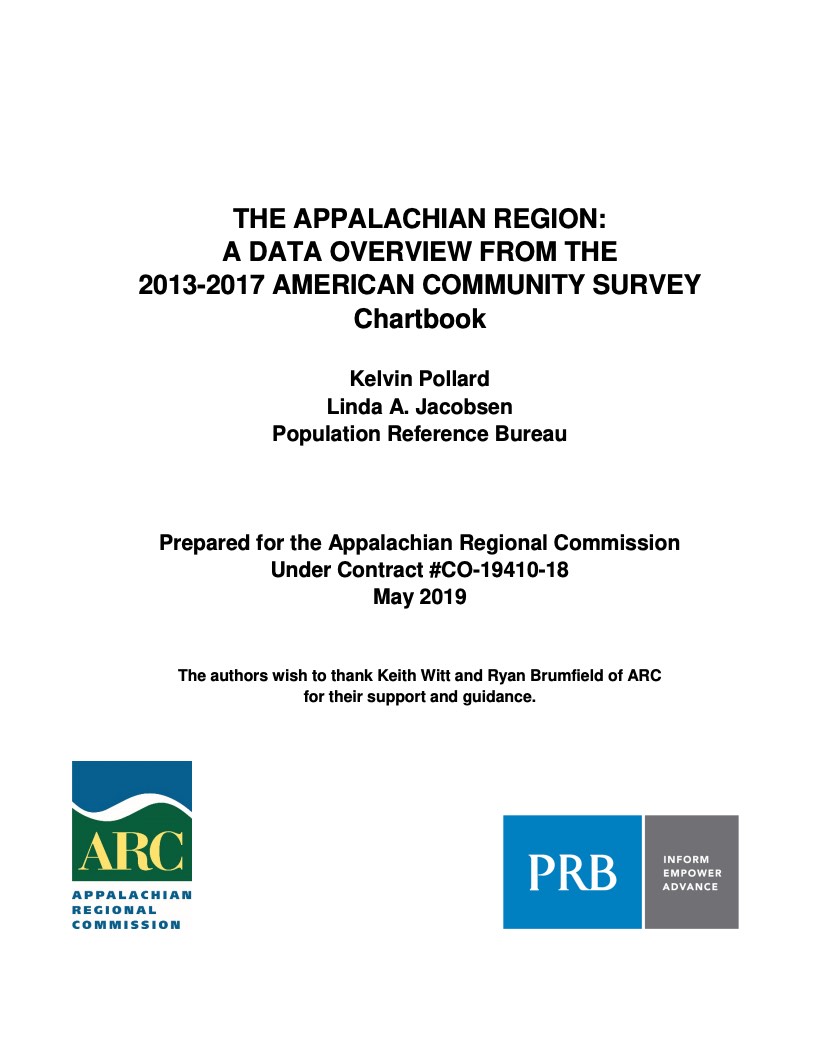
Project: American Community Survey and Decennial Census Support Services
Data suggest that Appalachia faces a digital divide—not just between the Region’s households and the rest of the nation but also between the Region’s rural and more urban areas, say the authors of a Population Reference Bureau (PRB) report for the Appalachian Regional Commission.
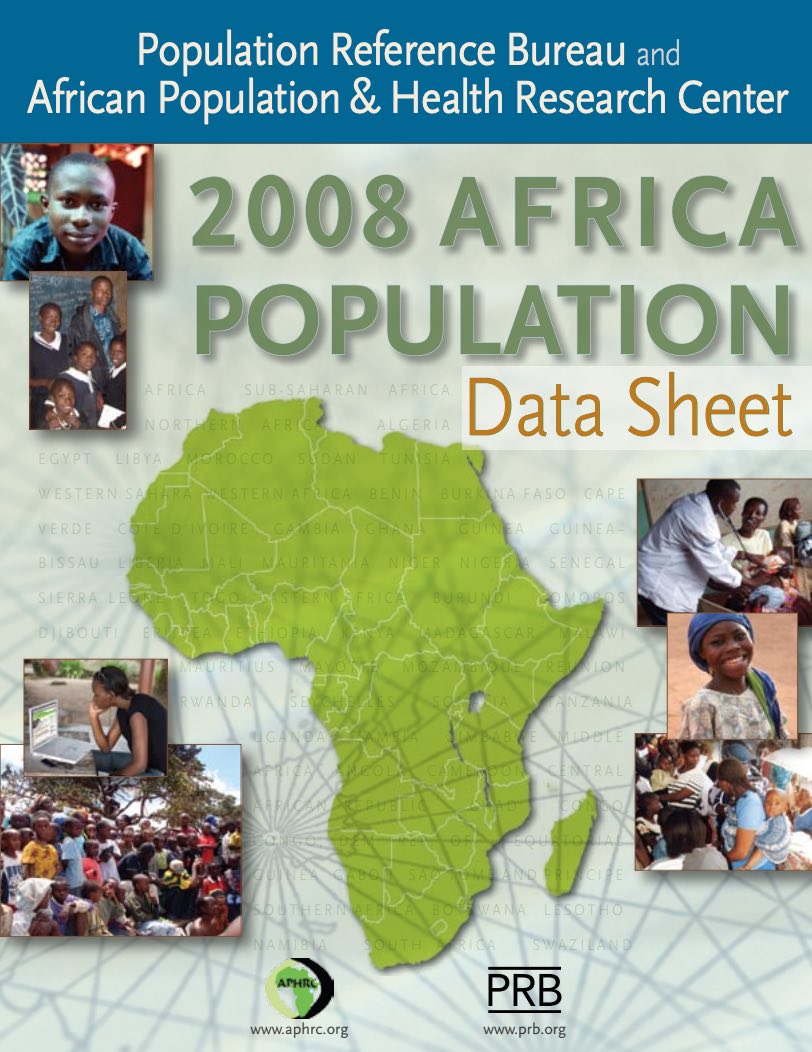
(2008) Even as African women use family planning more and bear fewer children, the continent's youthful population will fuel the continent's growth for many decades to come.